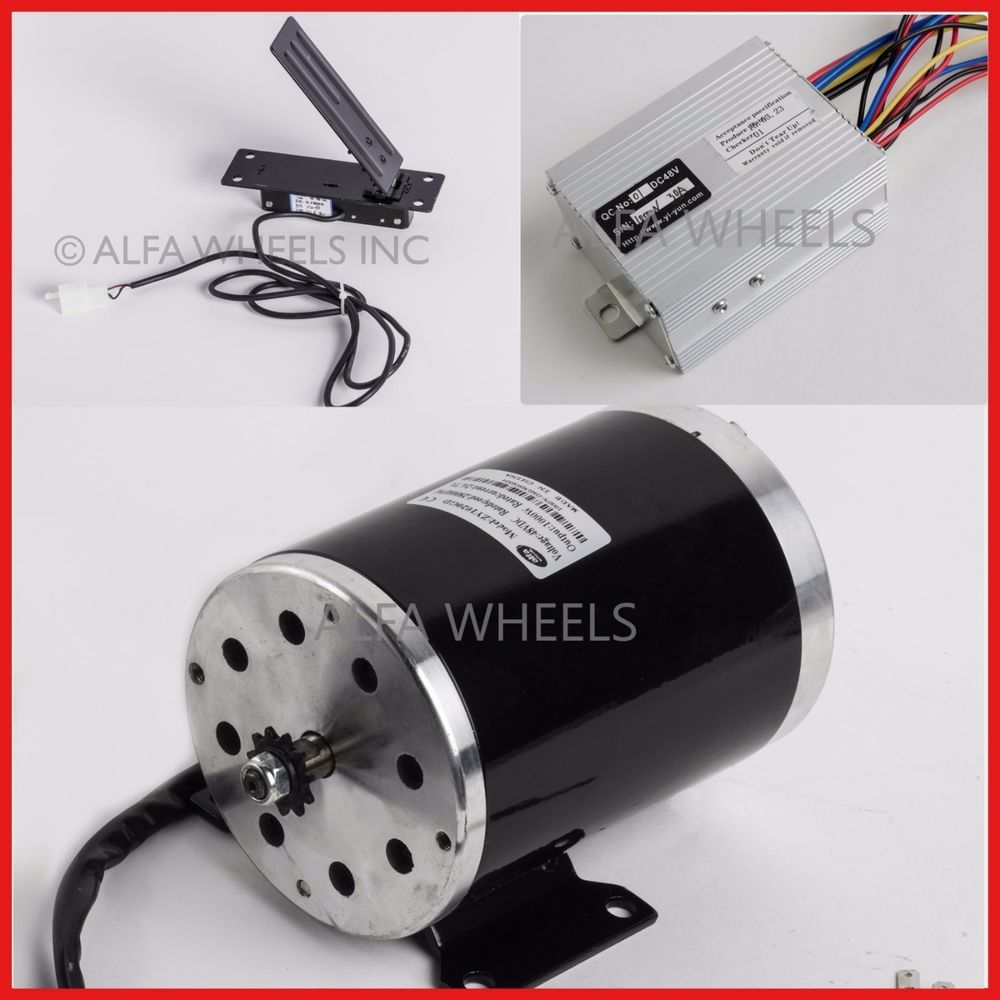An electric motor is an electrical machine that converts electrical energy into mechanical energy most electric motors operate through the interaction between the motor s magnetic field and electric current in a wire winding to generate force in the form of torque applied on the motor s shaft.
Electric motor base speed.
The synchronous speed can be calculated as.
The number of wire turns in an armature the operating voltage of the motor and the strength of the magnets all affect motor speed.
Forward motion is due to the current flowing in the cage winding.
Average 2 pole industrial motors can safely exceed its base speed by 25.
N shaft rotation speed rev min rpm.
P number of poles.
Base speed is hz multiplied by 60 then divides the result by half the number of poles.
N f 2 p 60 1.
If the battery is low and supplying less voltage.
Electric motor efficiency calculate electric motor efficiency.
Rated speed is the base speed minus the slip at full rated load.
A 2 pole motor may therefore operate up to 125 over base speed before reaching its balance limit.
The number of poles in the motor winding.
If a dc motor is running on a 12 v battery that is the maximum voltage available to the unit and the motor will only be able to perform at a speed rated for 12 v.
Note an induction motor will never reach its.
F frequency of electrical power supply hz cycles sec 1 s.
The induction motor must run at a speed below the revolving stator field flux.
An induction motor slows as it is loaded.
Electric motors can be powered by direct current dc sources such as from batteries motor vehicles.
Electrical induction motors synchronous speed the speed at which an induction motor operates depends on the input power frequency and the number of electrical magnetic poles in the motor.





























